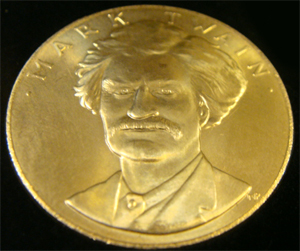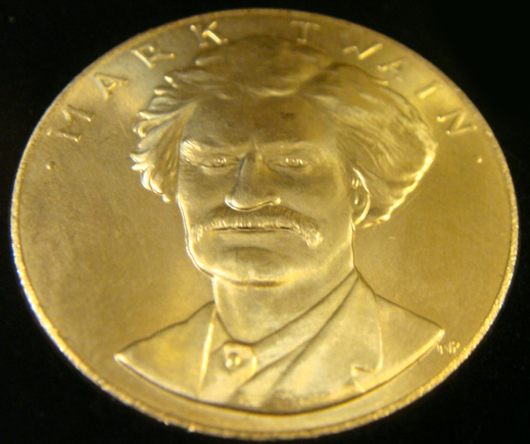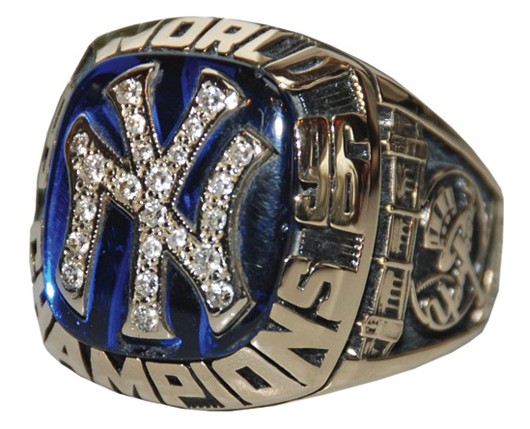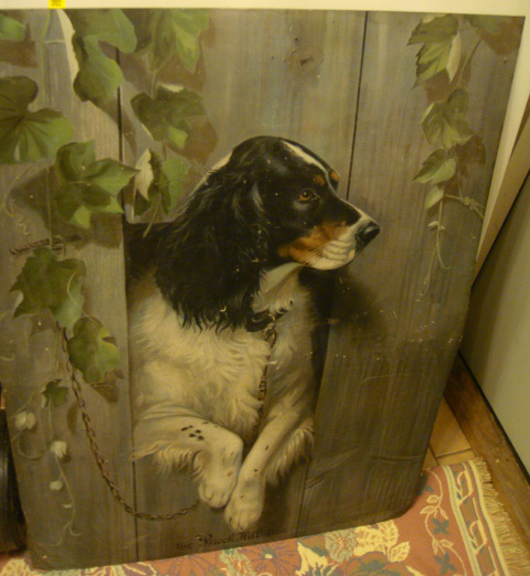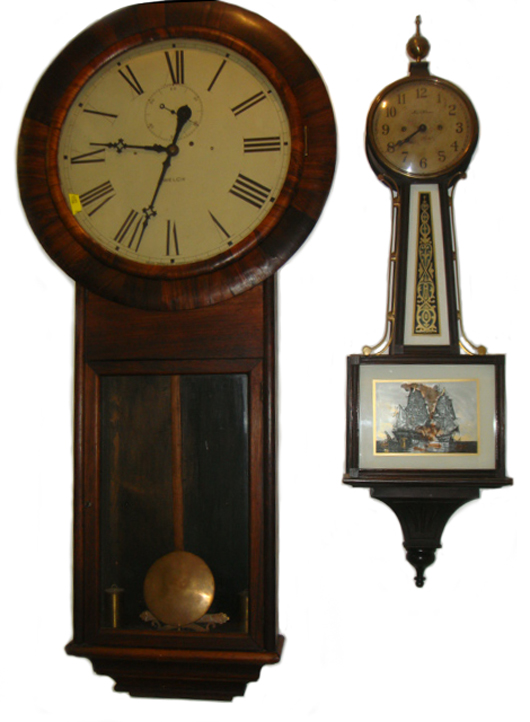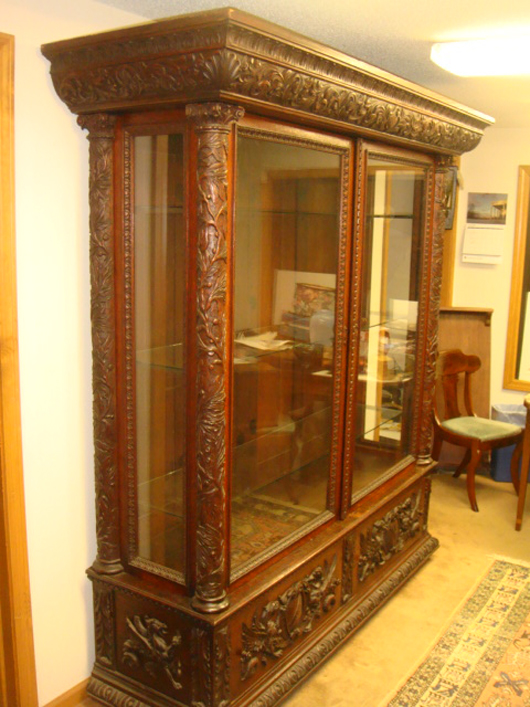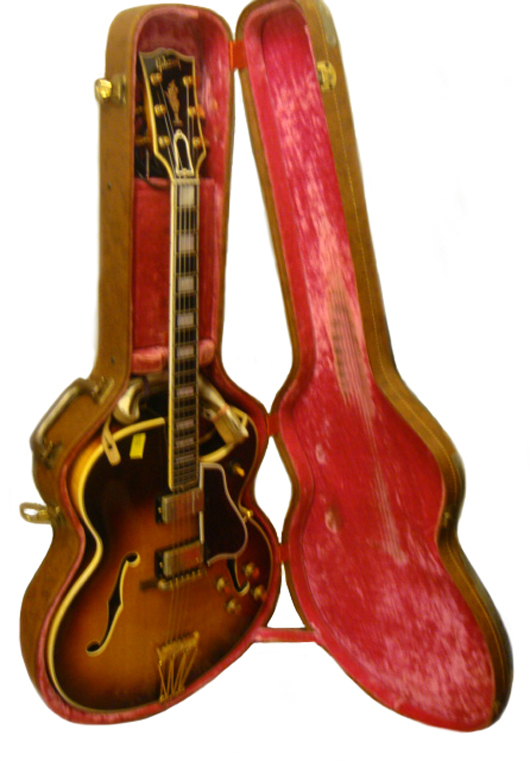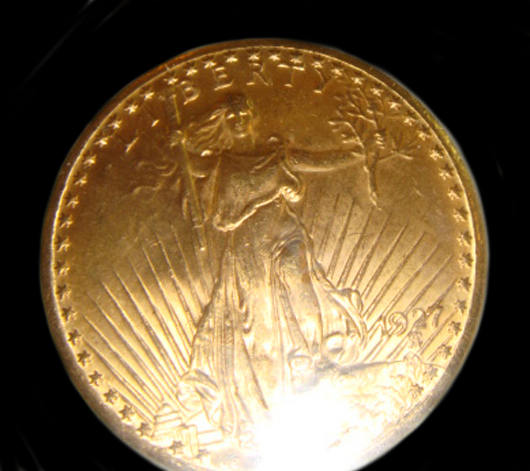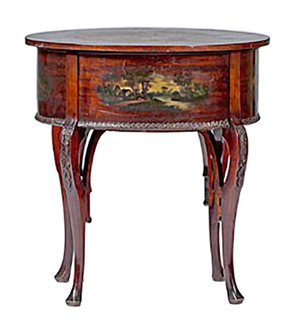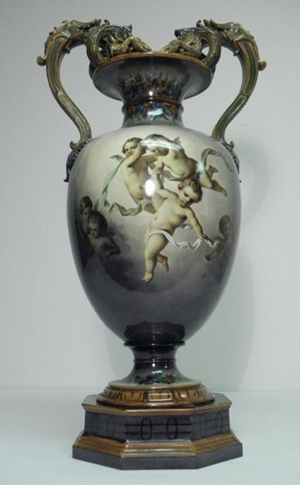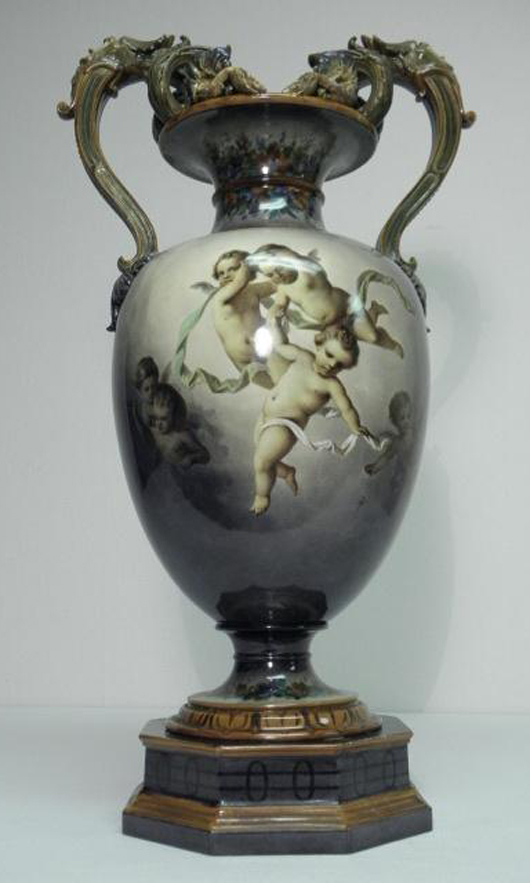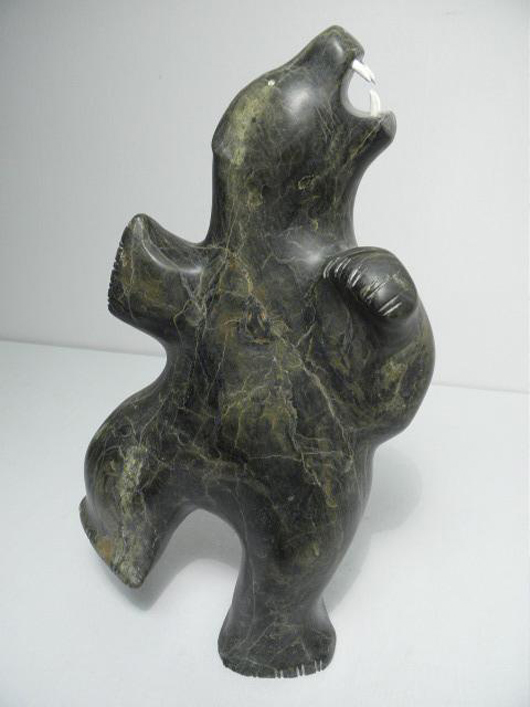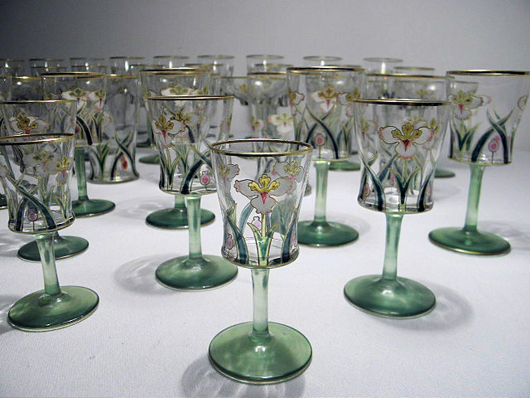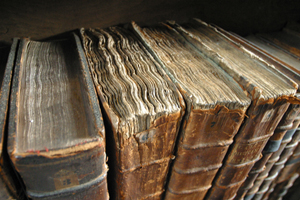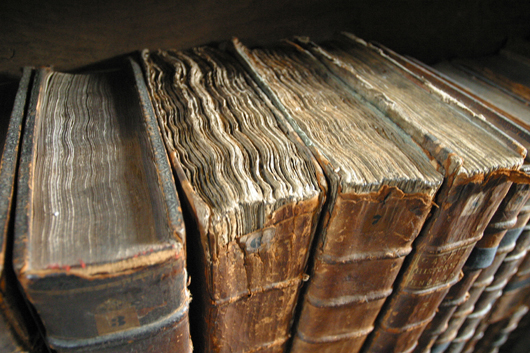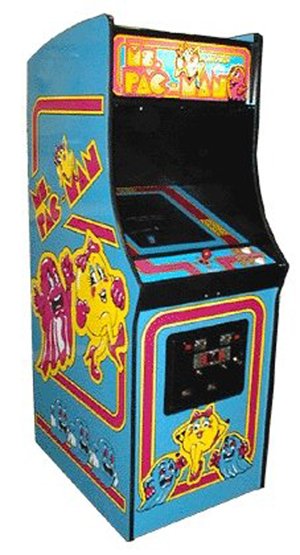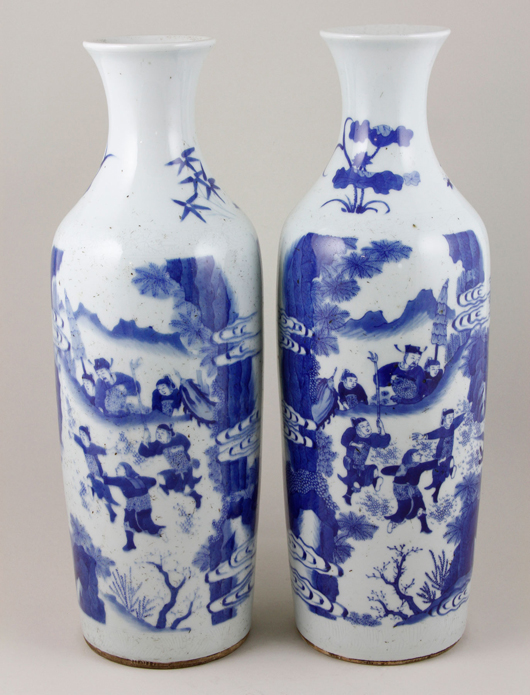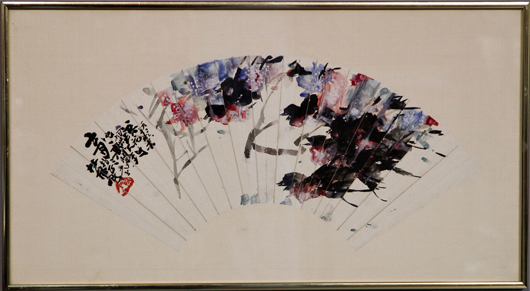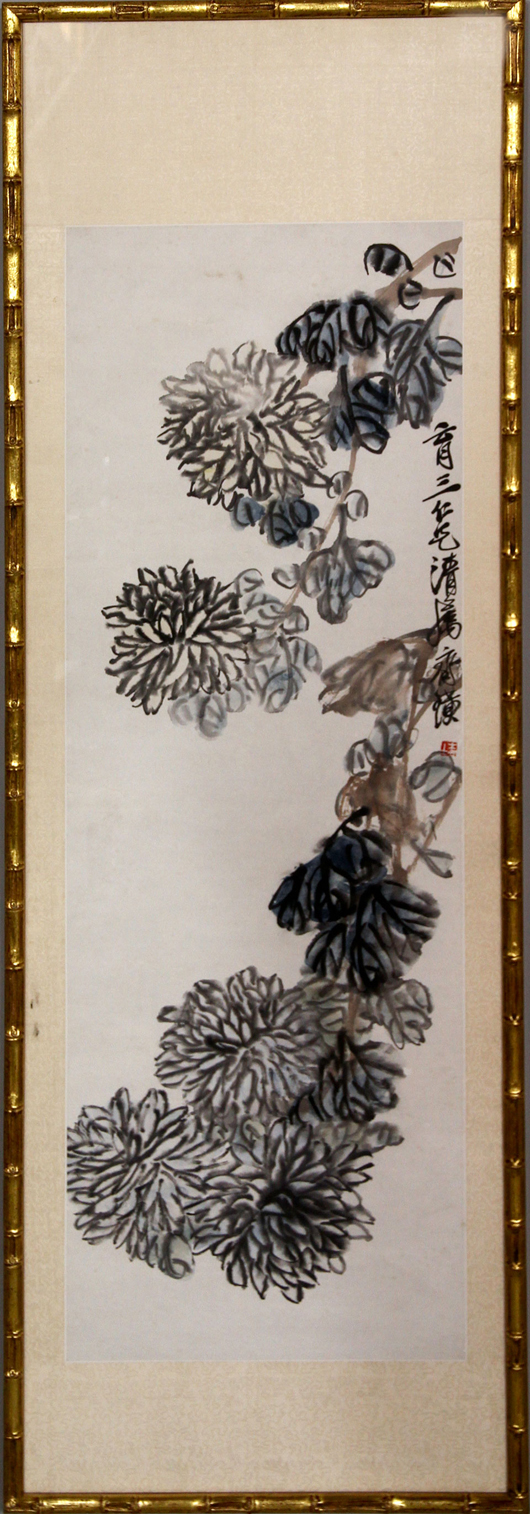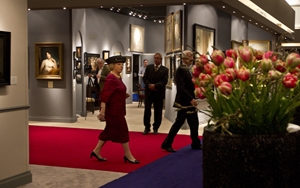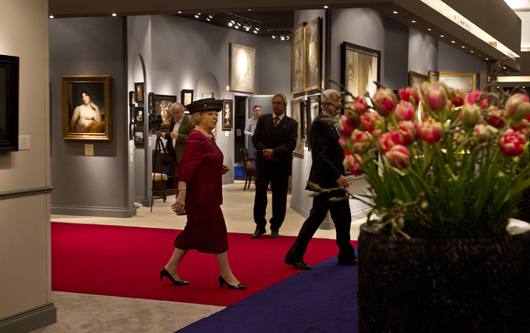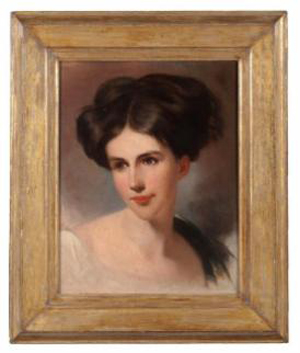
PHILADELPHIA (AP) – It might be the first time a separated couple got back together thanks to their great-great-great granddaughter.
The attractive young couple is Benjamin and Maria Gratz, or more accurately their portraits, which were painted in 1831 by noted English-born Philadelphia artist Thomas Sully, but somehow parted ways an unknown number of years ago.
Benjamin has been hanging for decades at the Rosenbach Museum & Library along with other members of the Gratz family, who were prominent in early Philadelphia’s business and philanthropic worlds.
The museum, stumped regarding Maria’s whereabouts, expanded their investigation from auction and estate records to the Internet.
A post titled “The Lost Portraits of Mrs. Benjamin Gratz: Have you seen Maria?” went online last June on a museum docent’s scholarly blog about educator and humanitarian Rebecca Gratz, the sister-in-law of Maria Cecil Gist Gratz. The posting included a black-and-white photo of a small copy made of the portrait long ago.
“Three weeks later I get a message on my phone: ‘I think I may be someone you’re looking for,’” museum curator Judith Guston said. “I couldn’t believe it.”
The caller was the great-great-great-granddaughter of the pretty woman in the lost portrait. Though it wasn’t exactly lost—not as far as Maria Gratz Roberts of Atlanta was concerned.
“It was in my house,” said Gratz Roberts, who pronounces her first name “mar-EYE’-ah” just like her namesake did. “I’m very interested in genealogy was looking up some information on the family, that’s how it started. I saw the article about the missing portrait and I was very surprised.”
Benjamin and Maria Gratz were in their 30s when the portraits were painted during their trip from Lexington, Ky., to visit Benjamin’s family in Philadelphia. No one in the family knows why or when the portraits broke up, though it was at least 75 years ago.
Gratz Roberts said her relatives had long believed theirs was a reproduction and the Sully original was somewhere in Philadelphia.
“I did take it to an antique dealer to get it cleaned once and he said, ‘Are you sure it’s a copy?’” she said with a laugh. “I told him it was, and he said then it was a very good copy. To me, it was a lovely portrait and I enjoyed it.”
Guston flew to Atlanta to examine the work and informed its owner that yes, the gold-framed painting of the smiling brunette in her parlor was indeed the real deal.
“It was exciting,” Guston said. “We weren’t very optimistic that (the blog post) would lead us anywhere but it did, and so quickly.”
After talking it over with her family, Gratz Roberts decided that her great-great-great grandparents’ portraits should be reunited and she donated the cherished heirloom.
Just before Valentine’s Day, the picture of Maria was hung with the rest of the Gratz family, next to her dashing husband, in a room at the Rosenbach’s 19th century mansion-turned-museum. Husband and wife appear to be gazing affectionately at each other, as was probably Sully’s intent when he painted the two portraits, Guston said.
“When you have a portrait like that you have to share it. I can’t see keeping it in my house,” said Gratz Roberts. “Giving it to the Rosenbach seemed like a perfect thing to do.”
She also donated another pastel drawing of Maria Gratz and a chair owned by Benjamin Gratz.
Gratz Roberts is looking forward to visiting Philadelphia this spring, when she will see the pieces in their new home along with other artifacts from her ancestors. The museum’s founders, book dealers and brothers A.S.W. and Philip Rosenbach, had family ties to the Gratzes, so materials from both groups are on display and for research.
“I’m very excited to see it there,” Gratz Roberts said. “Little did I know, just by looking up some information, this would happen. It’s amazing what coincidences we have in life.”
___
Online:
http://www.rosenbach.org
Copyright 2012 Associated Press. All rights reserved. This material may not be published, broadcast, rewritten, or redistributed.
AP-WF-03-18-12 2115GMT


